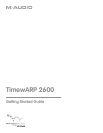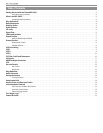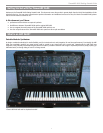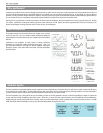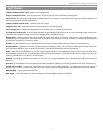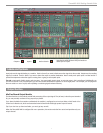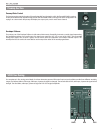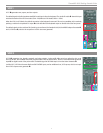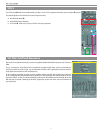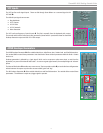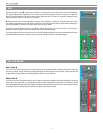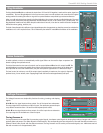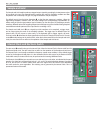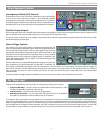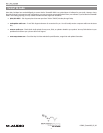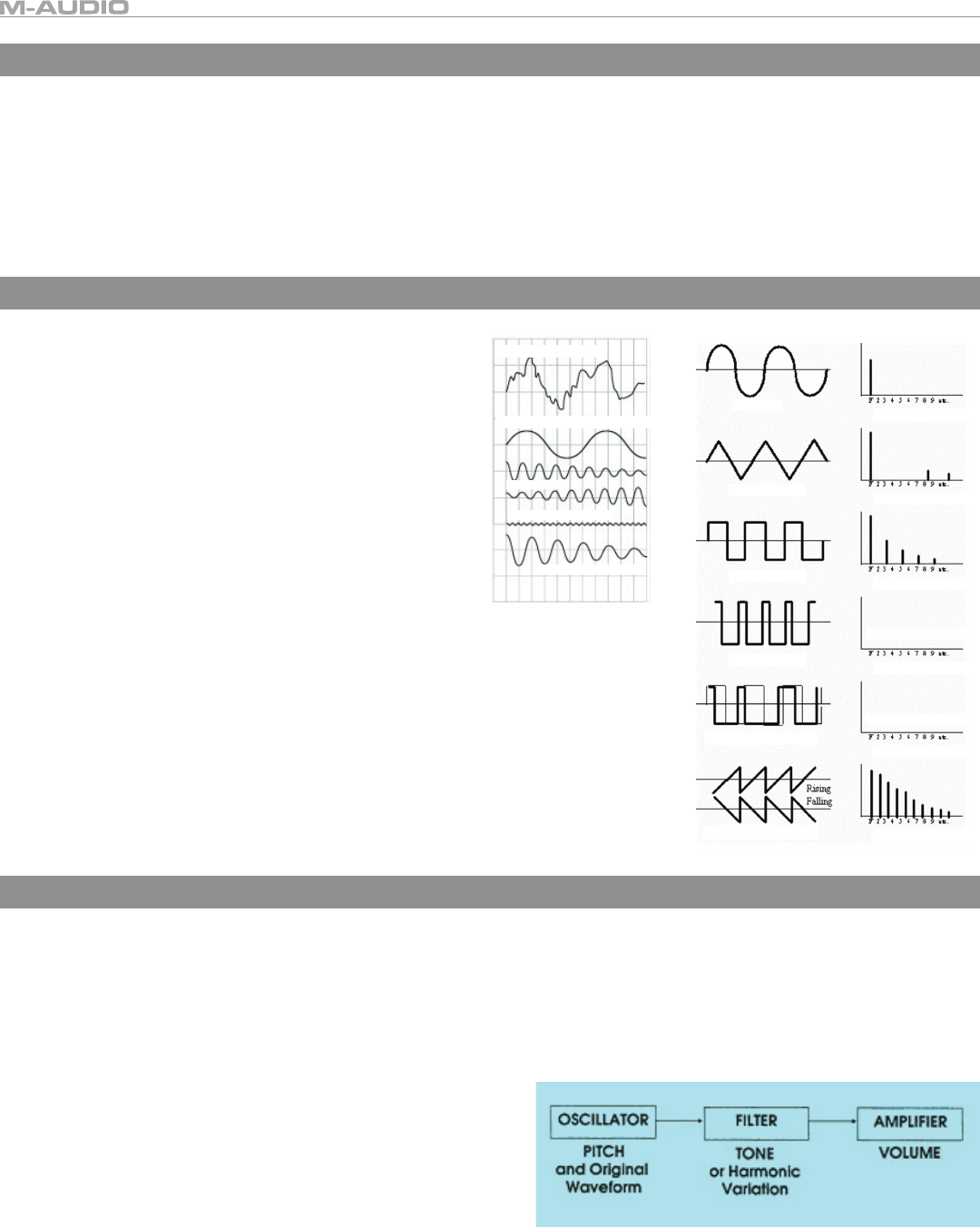
4
Why Synthesize?
Samplers are synths that use actual recordings of instruments to create sounds, and many synth keyboards use pre-programmed sounds, but
a truly modular synthesizer like the TimewARP 2600 lets you CREATE your own sounds from the ground up. By supplying you with the tools to
generate, modify, and stack simple waveforms together, modular synthesis using the TimewARP 2600 provides nearly infinite programmability so
you can make wholly new, completely customized and personalized sounds that cannot be found anywhere else.
Learning to use a synthesizer is actually a lot easier to do than it looks at first glance, and it’s tremendous fun once you get the hang of it. By their
very nature, synthesizers make great teaching tools for audio instruction as well. Synths also allow experimentation with sound creation to an
almost infinite degree, making them the tools of choice for any sound designer.
Basic Waveforms
All complex sounds can be broken down into simpler ones, and the
reverse is also true—you can combine simple waveforms (graphical
representations of sound waves) into very complex and rich-sounding
textures.
Synthesizers use oscillators (in other words, a simple waveform
generator) to provide the handful of simple wave types. Then, you
can add more oscillators, and layer the sounds together. Add some
frequency control, some other effects and tricks, and the possibilities
become infinite.
Modular Synths
The early synthesizers grouped together several “modules” that each formed part of a signal chain, but in these very early models they all had to
be connected using patch cables. The ARP 2600 did away with much of this clutter, incorporating semi-fixed signal paths, as well as the ability to
re-patch modules. Also included was a separate keyboard module add-on, the 3620 module.
The basic operation of a synth involves the use of oscillators, which are sound-generation sources, routed through filters to shape or contour the
sound, and then through amplifiers to boost the output. There can, of course, be other ‘stops’ along the way for additional sound modifications.
Programming of any synth starts with these controls, and then involves adjusting any other modules until you get the sound you want. The ARP
2600 allowed for extreme flexibility in routing, but still remained portable enough for live work.
a complex signal
can be made of simple ones like this
...and this...
...and a pinch of this
...and a dash of that
Sine Wave
Triangle Wave
Square Wave
Pulse Wave
Pulse Width Modulation
Sawtooth Wave
Harmonic Content
Harmonic Content
Harmonic Content
Harmonic Content
Harmonic Content
Harmonic Content
Varies with width
Varies with time



